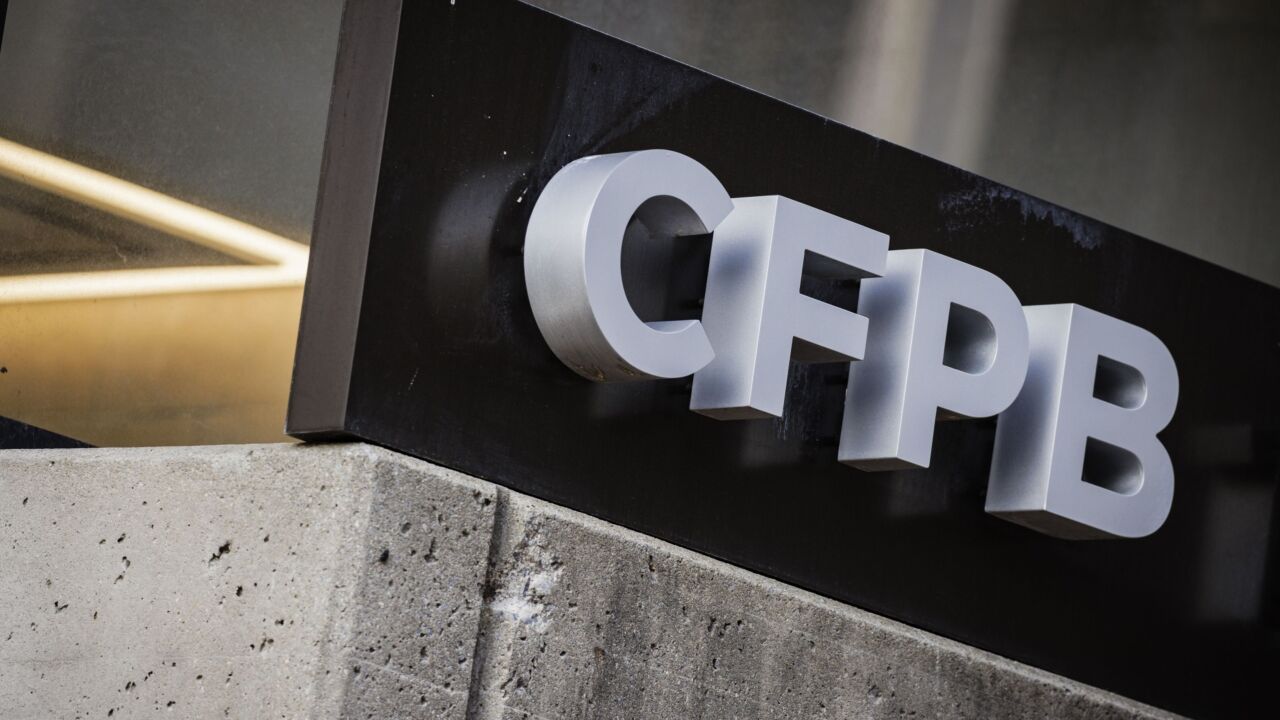Nearly two months after revealing its new digital communication
The new feature allows the cardholder to receive and answer questions from the bank through a digital panel on the front of the card. The bank can pose a question related to credit limits, purchases or offered services and the cardholder replies simply by pressing a yes or no button on the display window.
Through that type of communication, banks and cardholders will be able to verify purchases, increase credit limit, add cards immediately, provide feedback to retailers, receive on-demand coupons or upgrade card benefits.
The connected Wallet Card allows banks to change card codes at any time, especially after a breach of any sort with a retailer or data center in which the consumer's personal information or card data may be exposed.
It also supports changing mag-stripe, EMV chip or Near Field Communication chip coding as well.
“Today, we start to deliver on that promise by unveiling that the connected Wallet Card has the ability to wirelessly send consumer requests to a bank through the card’s telecommunications connection," Jeffrey Mullen, CEO of Pittsburgh-based Dynamics, said in a Monday press release. "For the first time, a bank can ask a customer a question on the card’s display and get an immediate response.With these new consumer insights, the bank can provide better and more informed services.”
Dynamics said a Wallet Card Consortium has been established as a way to support the issuing of the card in the coming months. Mastercard, JCB, Sprint (which provides the telecommunications for the card), Emirates NBD, CIBC, Induslnd Bank and Sumitomo Mitsui are currently supporting members.
Dynamics has been promoting the Wallet Card as the first Internet of Things card because of its programmable capabilities and security measures.
The card features 200 internal components, including a cellphone chip and antennae, a battery and organic recharging chip that charges itself through normal operation, Dynamics said.




